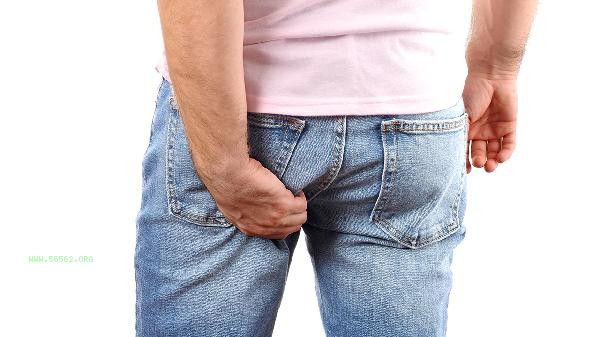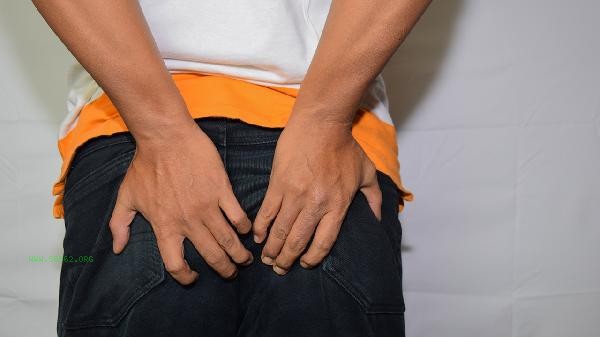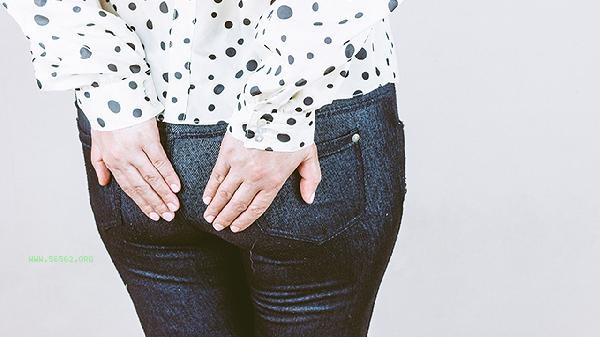The accumulation of fat in the buttocks and waist can be gradually improved by adjusting dietary structure, strengthening local exercise, and improving lifestyle habits. This type of fat is often associated with factors such as prolonged sitting, hormone secretion, and decreased metabolic rate, and targeted measures need to be taken.

1. Dietary structure adjustment
Reduce the intake of refined carbohydrates and high sugar foods, and replace white rice and flour with whole grains. Increasing the proportion of high-quality protein such as chicken breast, fish, and soy products can help maintain muscle mass and enhance satiety. Daily intake of sufficient dark vegetables and low sugar fruits, supplementing dietary fiber to promote intestinal peristalsis. The main cooking method is steaming and stewing, avoiding deep frying and excessive seasoning.
2. Targeted Exercise Training
Deep squats and buttock bridges can effectively activate the gluteal muscles, with 15-20 repetitions per group and 3-4 repetitions per day. Side plank support and Russian rotation can strengthen the core strength of the waist and abdomen, reducing fat accumulation in the waist. Engage in aerobic exercise such as swimming, stair climbing, or elliptical machine training three times a week for at least 30 minutes each time to help improve overall metabolic rate.
3. Improvement of body shape and habits
Avoid prolonged sitting for more than 1 hour and get up and move for 5 minutes every hour. Adjust the sitting posture to maintain a neutral position of the spine and prevent pelvic tilt from exacerbating lumbar pressure. Adequate sleep helps regulate the balance of leptin and ghrelin, and it is recommended to maintain 7-8 hours of high-quality sleep per day. The iliopsoas and piriformis muscles can be relaxed through the foam axis to improve local blood circulation.

4. Hormone level management
Women are prone to waist and hip fat accumulation before and after menstruation, and can increase magnesium and vitamin B intake in moderation. Elevated cortisol levels under excessive stress can lead to central obesity, and anxiety can be relieved through meditation, deep breathing, and other methods. Abnormal thyroid function may affect metabolic efficiency. If there are persistent symptoms such as fatigue and chills, it is recommended to seek medical examination.
5. Medical intervention methods
For stubborn fat accumulation, non-invasive medical beauty projects such as cryolipolysis or radiofrequency firming can be considered. Ultrasonic scalpel can stimulate collagen regeneration and improve skin laxity. Severely obese individuals need to be evaluated under the guidance of a doctor to determine whether liposuction surgery is suitable, and they still need to maintain a healthy lifestyle to prevent rebound after surgery. Patience should be maintained during the weight loss process, as waist and hip fat usually takes 8-12 weeks to improve significantly. Record daily diet and exercise, and regularly measure changes in waist and hip circumference. To avoid extreme dieting leading to a decrease in basal metabolism, the body fat percentage of women should not be lower than 18%. Warm up and stretch before and after exercise, gradually increasing the intensity. If accompanied by symptoms such as lower back pain and menstrual disorders, it is recommended to seek medical attention from an endocrinology department to rule out pathological factors such as polycystic ovary syndrome.







Comments (0)
Leave a Comment
No comments yet
Be the first to share your thoughts!